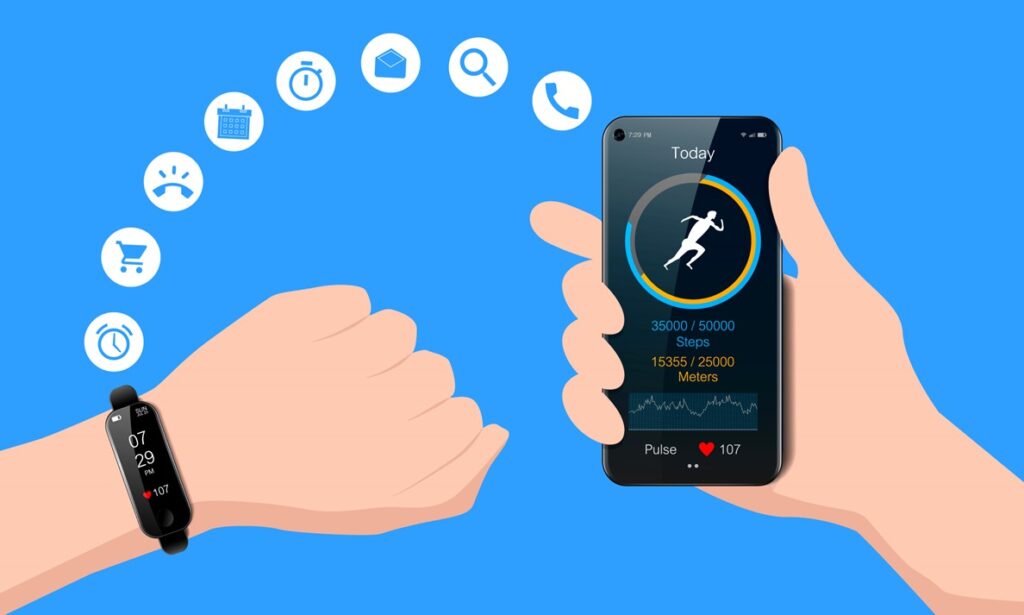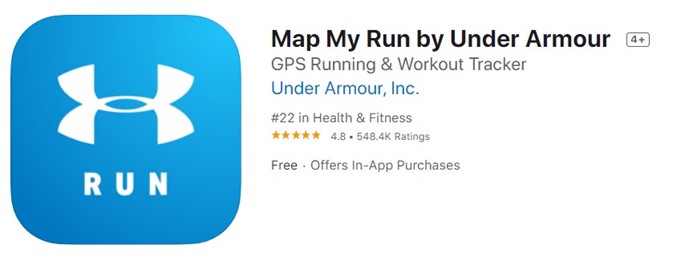Activity-tracking apps have become increasingly common among skaters. If you haven’t done it yet, it is very likely that this moment will come up soon. The good news is that several of these apps are available for free. Many smartphones already track and measure the number of steps generated by you per day and detect physical activity automatically. All these functions provide us with useful visualizations for monitoring, follow-up, and tracking purposes to improve our performance and progress.
Since there are countless devices and apps, this post will explore common advantages and disadvantages among these services to incorporate them into your skating routines. Metrics to be measured will rely on your skating discipline; remember, there is a vast list of disciplines within skating such as speed skating, hockey, figure skating, slalom (freestyle), among others. However, this post will focus on basic and common metrics: distance, speed, and time.

Apps & Devices
Smart Mobile Devices:
Smartphones usually have a built-in health center with metrics generated by default, such as the number of walked steps, distance traveled, active time, etc.
PROS: No payments or subscriptions needed; updates are usually automatic, as is the data generation or statistics visualizations.
CONS: Basic data for skating purposes; however, incorporating a fitness tracker device can enhance these options.
Fitness Tracker Devices:
There is a wide variety available on the market, as well as built-in features along with these devices.
PROS: Despite the price range, basic personal monitors are not expensive and can provide reliable data on our performance during physical activity, including the number of beats per minute. Most of these devices are compatible with smart mobile devices. The most sophisticated devices automatically detect, categorize, and record physical activity by default; presets functions identify the type of activity such as walking, running, swimming, or skating without any adjustments or settings to provide then a very detailed performance report.
CONS: The most common presentation is the bracelet style. However, this can be a drawback with the protective gear used when skating. On the other hand, some devices also require carrying the mobile device along with the tracker device to make use of additional services such as GPS or maps.
Mobile Apps:
You usually find them in the smartphone app stores, and they are increasingly popular.
PROS: Most of them are free apps, others partially free or require a subscription for additional features. Also, many of these apps have the option to add fitness tracker devices to generate better data. Some apps even offer exclusive discounts or coupons from advertisers or sponsors.
CONS: Some apps have country restrictions. Also, not all apps may be available for all operating systems.
What’s the Suggested App for Skaters?
As mentioned, there are many options to generate tracking data to cover your skating needs. I have used and tested numerous apps and would recommend Under Armour’s MapMyRun app, based on the following:
- Free app
- Free GPS tracking
- Fitness tracker not required. It also works on several smartphones and operating systems. Also includes the option to add fitness trackers, if desired or needed.
- Splits
- Calories count
- Languages. Available in more than 10 languages, including but not limited to English, Spanish, Portuguese, and French.
- Social network. In addition to the activity log option, you can also add friends, do challenges, and not only track your progress but teammates.
- Discounts and offers. You can receive discounts for sports equipment, events related to your sport, among others, based on your location.
- Inline Skating and other sports. But the main reason that I love this app is its flexibility to track a wide list of other sports, such as running, swimming, among others.
- Other benefits. New benefits and options every year.

There are other apps with slightly similar characteristics, and probably for some people, they will fit into a better option. It is all about the personal skating needs. Which application do you use or recommend? Please let us know! Leave a comment below. 👇
About the Author:
Gerald Prado is an inline speed skater who started skating when he was 4 years old. He holds international dual accreditation as a certified skating instructor (Levels 1 and 2) and speaks English, Spanish, and Portuguese.


Leave a Reply